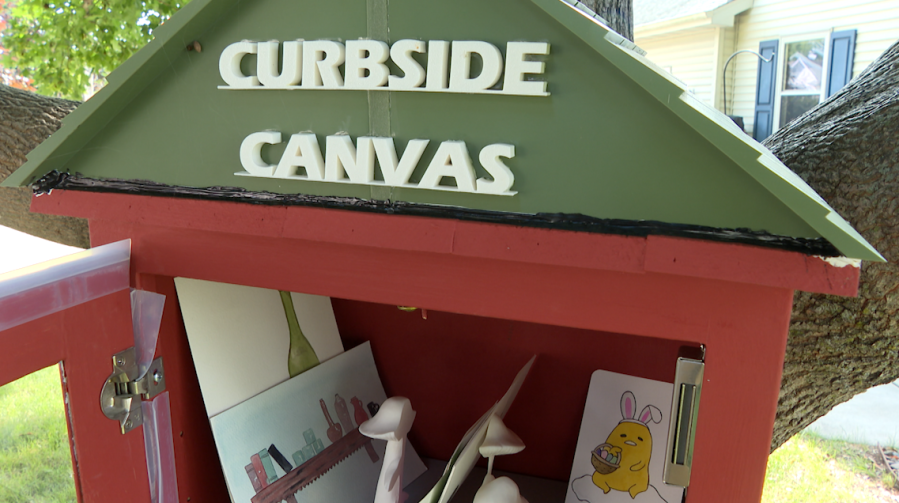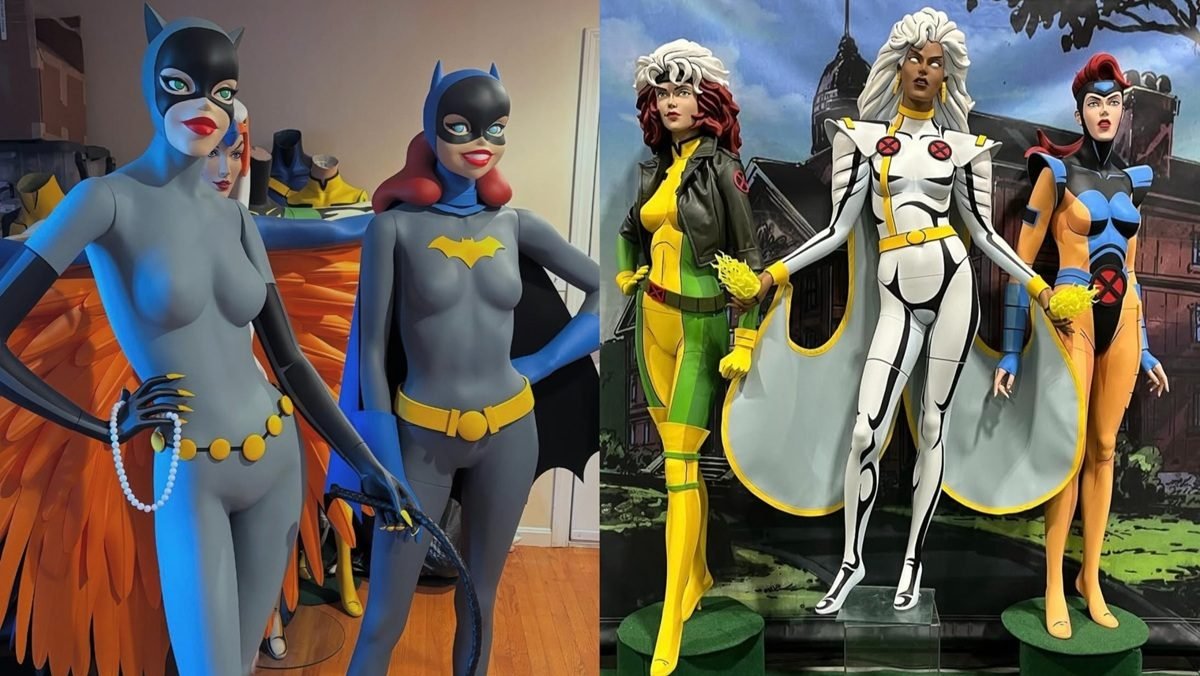“I think of quilts as the classic art form of Black people in America,” Ms. Ringgold told The Morning Call of Allentown, Pa., in 2005. “When African slaves came to America, they couldn’t do their sculpture anymore. They were divorced from their religion. So they would take scraps of fabric and make them into coverlets for the master and for themselves.”
In 1983, frustrated at her inability to find a publisher for a memoir she had written, Ms. Ringgold began incorporating narrative text into her quilts. Few artists of the period were doing anything of the kind.
The first of her story quilts, “Who’s Afraid of Aunt Jemima?,” reimagined the original stereotyped figure — the fat, frumpy Black woman, drawn straight from a minstrel show, whom many Black people considered offensive. On Ms. Ringgold’s quilt, Jemima has been transformed into a Black feminist role model: trim, elegant and a successful entrepreneur.
In the late 1980s, after an editor at Crown Publishers saw “Tar Beach,” Ms. Ringgold was asked to transform that quilt into a picture book. The resulting work tells the story of 8-year-old Cassie Lightfoot — the daughter of the picnicking family — who one magical night in 1939 flies over the rooftops of the city to soar above the George Washington Bridge.
“I can fly — yes, fly,” Ms. Ringgold’s text reads. “Me, Cassie Louise Lightfoot, only eight years old and in the third grade, and I can fly. That means I am free to go wherever I want for the rest of my life.”
Ms. Ringgold’s art was acquired by many private collectors, among them Maya Angelou and Oprah Winfrey. It was also commissioned for public spaces, including the 125th Street subway station on the Lenox Avenue line in Manhattan, where two immense mosaic murals, collectively titled “Flying Home,” depict storied Black figures like Josephine Baker, Malcolm X and Zora Neale Hurston.






